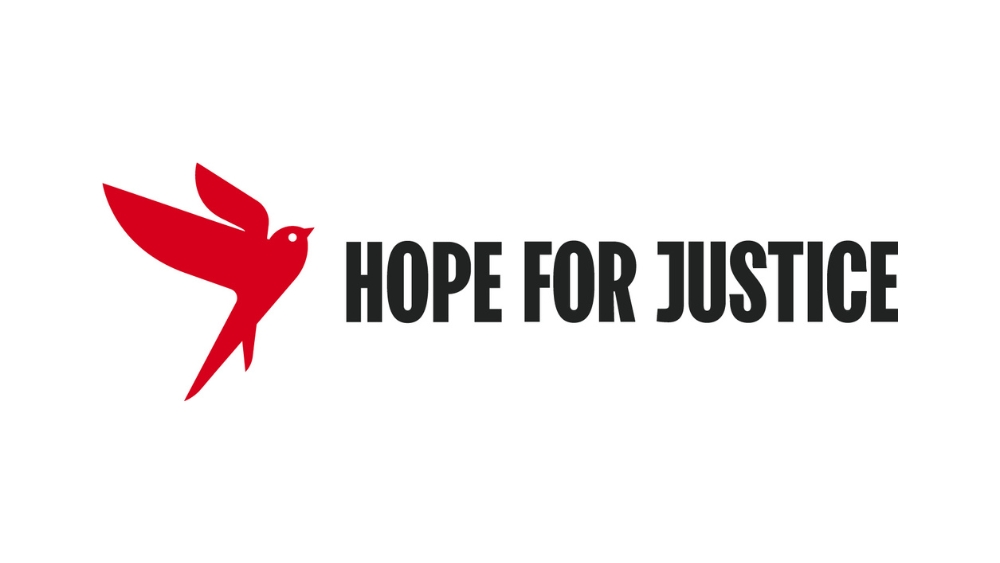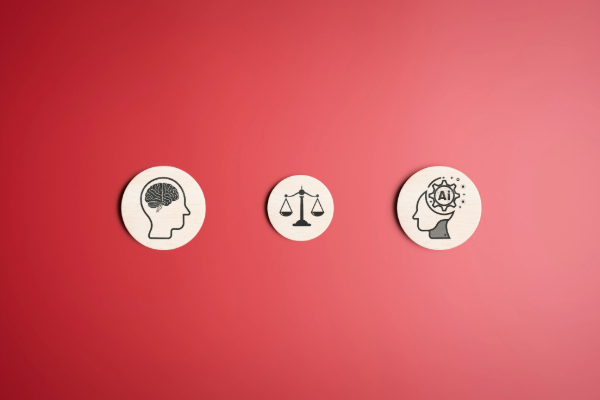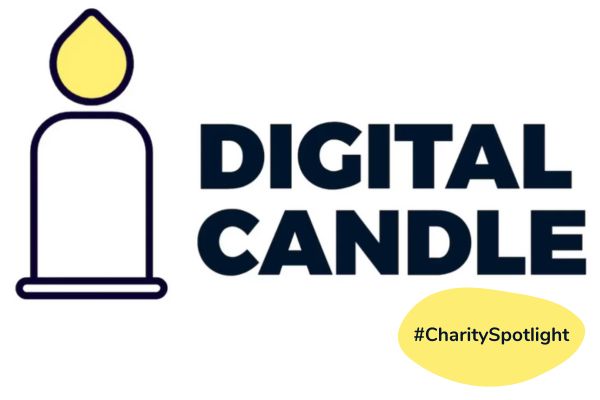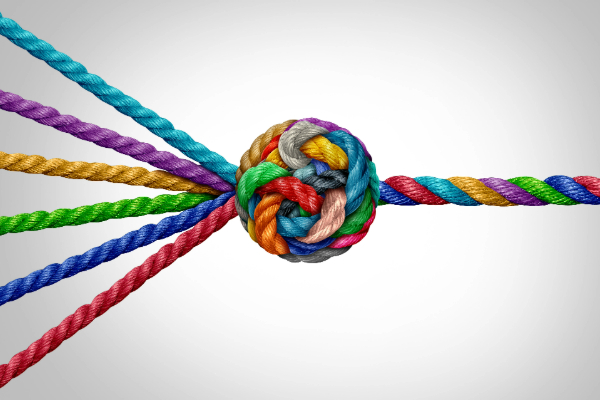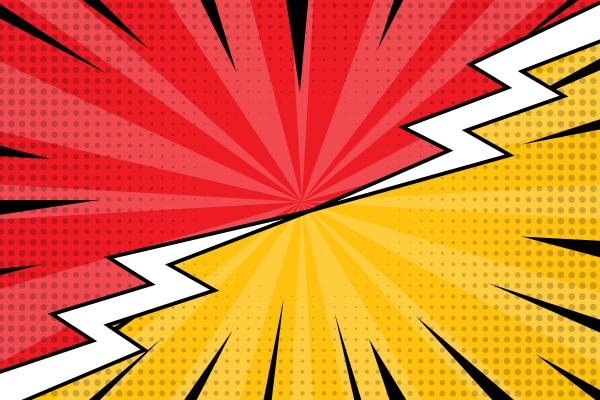Insights
INSIGHTS
All Topics
Charity Spotlight: Adam Hewitt, Head of Digital and Communications, Hope for Justice
08 Mar 2024by Laura Stanley
In this article, we speak to Adam Hewitt from anti-slavery charity Hope for Justice to discover how the charity has been using digital to support diversity, equity, and inclusion
The power of digital technology to change the lives of the communities charities serve is immeasurable. Digital supports charities in achieving their mission by giving them the ability to reach more people, raise more money, free more time, and ultimately deliver more impact for their cause.
Public Interest Registry (PIR), the organisation that operates the .org domain name, annually recognises
the work and achievements of charities who have made an incredible impact in their community throughthe .ORG Impact Awards. In 2023, Hope for Justice was named the .ORG of the Year, for its tireless work towards diversity, equity, and inclusion and the strides it made in supporting victims and preventing human-trafficking across the globe.
“Hope for Justice does more than raise awareness - it focuses on action,” says PIR. “A team of investigators with years of law enforcement experience, multilingual outreach workers, accredited trainers, legal experts, social workers, therapists, nurses, policy specialists, campaigners and professionals, Hope for Justice is on the ground in the places that are worst affected by human trafficking and modern slavery.”
Digital technology has been instrumental in what Hope for Justice has been able to achieve, helping them to reach more donors and raise awareness of their cause. With digital, the charity has won hackathons, creating a visual dashboard showing forced labour by country, industry, and commodity, launched a learning academy for training volunteers and staff, and much, much more.
Below, we speak to Adam Hewitt, Head of Digital and Communications at Hope for Justice, fresh from their win at the .ORG Impact Awards, to discuss the importance of digital to their work and how it has helped them raise awareness of their cause and deliver more impact.
Charity Digital (CD): How important is digital technology to the way you operate as a charity? Has digital helped drive more impact?
Hope for Justice (HfJ): Digital is hugely important to the work of Hope for Justice. We were founded in 2008, and in the early years growth came primarily through in-person events, word of mouth, and relationship building. But more recently, and particularly since the COVID lockdowns and the new ways of working that were necessary during those times, digital has become an increasingly prominent part of our strategy. Most supporters and donors now come to us via digital channels, and the default way we communicate with them and engage with them is digital too.
Our events, training and internal communications are all digital-by-default, with in-person gatherings and physical mailings now being the exception rather than the rule. Since the launch of our Learning Academy online portal in 2022, we have been prioritising interactive and dynamic digital training content on modern slavery and human trafficking topics, for both external trainees and our own staff.
We have partnered with amazing companies in the digital space, including Intel, Exiger, Flow Creative, LearnUpon, Experian and Everstream. Through our business-focused social enterprise, Slave-Free Alliance, we were particularly proud last year to win the SAS Hackathon 2023 (Americas region). The award was for the creation of a pioneering visual dashboard showing forced labour by country, industry and commodity, pulling from a wide variety of data sources and formats.
We were also pleased to be chosen by the World Economic Forum to curate its digital ‘transformation map’ for the issue of modern slavery. This map shows how this complex topic interacts with, and is affected by, a whole host of other global issues, each of which have their own respective ‘maps’ that all link together on a digital portal. The map is available on the World Economic Forum website and embedded on our site too.
CD: What is the overall aim of your digital strategy?
HfJ: Our digital strategy forms part of our wider Communications and Digital Strategy for 2023-2026. The overall aim of that aspect of the strategy is to make the best possible use of digital technologies in the fight against modern-day slavery and human trafficking, specifically through increasing public awareness and responsiveness; finding new income streams and enhancing current ones to fund our frontline work; increasing our brand awareness through social and search; and improving donor enthusiasm and retention through digital engagement.
Social media, organic search and email marketing unsurprisingly are three of our most important channels for acquisition and engagement, both in our time-bound campaigns and our ongoing activities.
At the centre of our digital approach sits our CRM, Donorfy, which is linked through APIs and via Zapier to our website (built and maintained in-house), to our financial platforms (Stripe, GoCardless and Solidus), to our email marketing (Mailchimp) and to our various social channels and video content (Vimeo and YouTube), as well as GA4 and Umami for analytics.
We also get great value out of various plug-ins and tools like Gravity Forms, AIO SEO, Later.com for social media scheduling, RSS.com for our podcast, and Notion for project management and campaign planning.
There are so many different people involved in Hope for Justice in so many different areas. How do you prioritise inclusion for these different audiences?
We have to consider the average member of the public whose knowledge of the issue of human trafficking will likely range from nothing at all to perhaps a few half-true facts mostly gleaned from movies like Taken or Sound of Freedom, or from court cases they’ve seen in the news.
We also have to consider specialists and practitioners who are interacting with our digital platforms in the expectation of finding highly complex and detailed information about the work of Hope for Justice in certain regions, whether they be from a government agency, police service, institutional funding body or another NGO.
Trying to build digital journeys that serve both ends of this spectrum and everybody in between, without alienating anyone along the way, is extremely difficult and certainly not something we’ve perfected yet. But through careful use of design, UX and UI insights, and optimised web and social content, we think we are continuously improving. We talked about this topic in detail in a recent episode of our podcast, ‘Let’s Talk About It’, called “How to communicate a cause”.
CD: What is the best piece of advice you could give another charity about championing diversity, equity, and inclusion?
HfJ: The best piece of advice I have is that improving and championing an organisation’s diversity, equity, and inclusion (EDI) agenda is cross-functional and needs to be incorporated as much as possible into every policy and process – it should not be treated like a time-bound project nor as something owned only by one team or manager.
It needs to be on the agenda throughout the year and it needs frequent discussion and refreshed attention, even when (especially when!) those conversations are difficult or uncomfortable. It needs to be about listening to voices from around all your teams and not just a top-down imposition of rules or requirements.
This means that there is not always a ‘correct’ answer nor a one-size-fits-all approach that can just be borrowed from another charity’s culture or way of approaching EDI, but rather it is about constantly trying to do better, to ensure your whole team – staff, trustees, volunteers and supporters – understand the questions you’re trying to answer and your own understanding of what ‘better’ looks like.
Find out more about the .ORG Impact Awards
Click above to discover more about the .ORG Impact Awards and how to enter
Laura Stanley
More on this topic
Related Content
Recommended Products
15 Jan 2025by Laura Stanley
How to revisit your charity’s story in 2025Sponsored Article
15 Jan 2025by kirsty marrins
AI and the future of service delivery
Our Events
Charity Digital Academy
Our courses aim, in just three hours, to enhance soft skills and hard skills, boost your knowledge of finance and artificial intelligence, and supercharge your digital capabilities. Check out some of the incredible options by clicking here.

